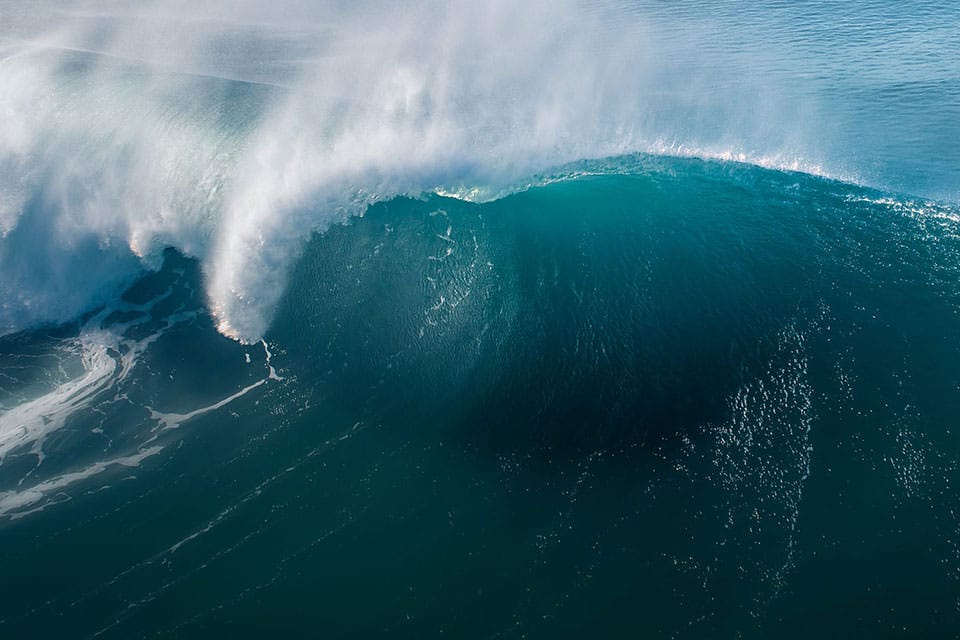Award amount: $2,000,000
Funding source(s):
Department of Energy Office of Fossil Energy and Carbon Management, Water Power Technologies Office
Why we care
Ocean alkalinity enhancement has the potential to capture carbon and mitigate ocean acidification. While ocean alkalinity enhancement is a promising approach for removing carbon from the atmosphere, there are important questions about its impacts on the marine environment. A strategic roadmap identifying and addressing concerns about deployment of ocean alkalinity enhancement is an important step for developing this marine carbon dioxide removal approach. This project will use laboratory studies and ocean models to investigate the risks, limitations, and benefits of ocean alkalinity enhancement to inform a Regulatory Strategic Roadmap.
What we will do
Environmental risks could result from releasing too much alkalinity into ocean waters, as well as releasing harmful byproducts. In order for this method to successfully remove carbon from the atmosphere, it will also need to be powered almost exclusively by renewable energy. To address these risks, the team will develop an alkalinization system for seawater that is simple to control, limits the simultaneous release of harmful byproducts like chlorine, and operates on wave energy. Researchers will design components and procedures that minimize the generation and release of these byproducts while carefully controlling the alkalinity of the effluent. To address sustainably powering the system, the team will test how much power the alkalinization system requires and build a wave-energy power system that can support its operation. Once the technical specifications are established, the team will use circulation and ecosystem models to simulate the addition of alkalinity across a variety of seawater conditions representing real-life Oregon coastal waters where this type of system may be deployed. Modeling will identify the best local conditions for alkalinity enhancement and identify local ecosystem sensitivities to alkalinization actions. Subsequent laboratory experiments will help identify ways to limit impacts of alkalinity enhancement on sensitive life stages of commercially and culturally sensitive species, including California mussels, Olympia oysters, Dungeness crab, and eelgrass.
Benefits of our work
Overall, the project will demonstrate proof-of-concept alkalinity addition and wave power systems that could be used in tandem. This project also informs a regulatory roadmap to highlight existing research gaps needed for the regulatory decision making process. This project will use laboratory studies and ocean models to investigate the risks, limitations, and benefits of ocean alkalinity enhancement to inform a Regulatory Strategic Roadmap.
Investigators
Burke Hales, Oregon State University
Yvette Spitz, Oregon State University
Kelsey Stoerzinger, Oregon State University
George Waldbusser, Oregon State University
Simone Alin, NOAA Pacific Marine Environmental Laboratory
Dick Feely, NOAA Pacific Marine Environmental Laboratory
Read the press release by Oregon State University
Image: Breaking wave in sunlight. Credit: NOAA Ocean Service





